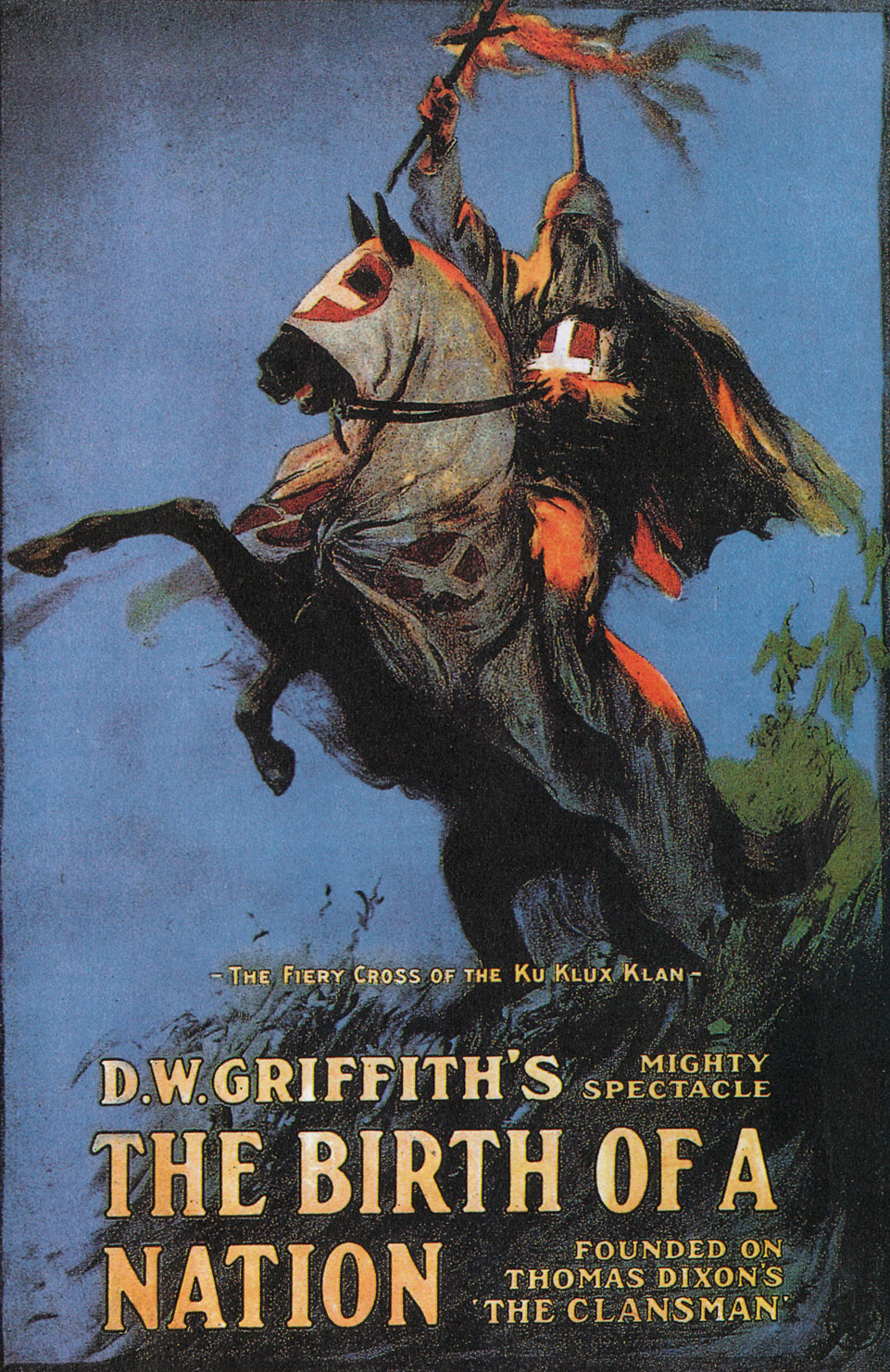




Woodrow Wilson's quote as appears in the film.

Theatrical release poster for The Birth of a Nation.

Poster of The Birth of a Nation.

A 1916 newspaper advertisement for the film The Birth of a Nation, showing at the Texas Grand Theate...

This timespace is inspired by the 7th chapter of the book How to Hide an Empire, by Daniel Immerwahr. It tells the life of Puerto Rican nationalist Pedro Albizu Campos in the context of other nationalist movements and U.S. interventions in Latin America.